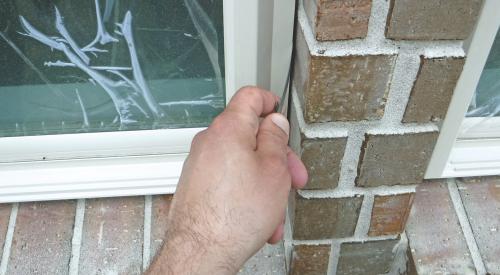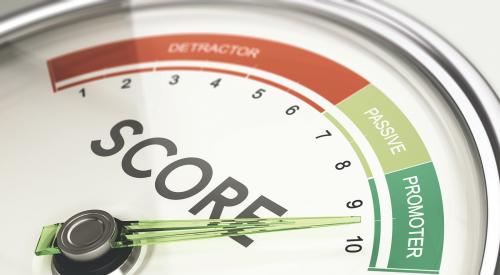How do you measure customer experience? As a customer experience (CX) consultant, I get that question all of the time from home builders, followed by, “We do customer satisfaction surveys. Doesn’t that count?” Yes, but I often discover that such surveys are sent after move-in, when there’s little a builder can do to save a bad buying experience.
The reason most builders send post-occupancy surveys is to reduce defects, limit warranty claims, and improve product performance for future customers. That practice and outcome does improve future customer experiences to some degree, but mostly it’s to save the builder money or to serve as market/product research.
Three Ways Home Builders Can Raise for Customer Experience
That’s not a bad thing, but the problem is that it paints a misleading or incomplete picture of what your customers went through during the buying and building process. In the Age of the Consumer, it’s time to raise the bar.
Simply, builders that deliver memorable customer experiences get it right in three key areas: Meets Needs, Easy, and Fun, as prioritized in the pyramid illustration, below. Thinking of your CX metrics this way reveals opportunities to raise the bar well beyond the basics and will help you increase overall customer satisfaction, referrals, reviews, and value by distinguishing your brand from competitors. Let’s look at each one.

1] Provide a Product That Meets Homebuyer Needs
This is the foundational component every builder needs to get right to survive in the Age of the Consumer because it’s the product itself: your homes and communities.
As I mentioned, most builders already measure this metric to some extent, most commonly by a Customer Satisfaction Score, which asks, “How satisfied are you, on a scale of 1-10, with your home’s (windows, doors, cabinets, etc.)?” These are great metrics for giving customers the home they expect. Unfortunately, it’s where meaningful measurement of the CX ends for most builders.
2] Make It Easy to Do Business With Your Company
The second level of the pyramid tells you how easy it was to do business with your company throughout the process—a process that involves more moving parts than any other consumer purchase. And the buyer needs to be involved, personalizing the home along the way. So we need to measure and reduce friction at every touchpoint.
The Customer Effort Score is a straightforward metric based on a five-point scale of “Very Difficult” to “Very Easy,” where customers are asked how much effort was required on their part at each key interaction along the journey, giving your company a road map of where you make it easy, or not.
3] Make the Emotional Connection With Homebuyers So the Process Is Fun
You can get the first two metrics right and still fail to create a memorable customer experience by not making an emotional connection with the buyer. Think of a company you’re loyal to for its customer experience; you can probably recall something it did to personally connect with you. For a homebuyer, that could be as simple as finding a framed photo or a gift in the new home upon move-in. These memorable moments along the journey also get shared in the form of social media and online reviews and are therefore extremely powerful.
The best metrics for measuring Fun are Net Promoter Scores (NPS) and open-ended comments analyzed from surveys and review sites, also known as Sentiment Analysis.
It’s important to note that you should take measurements at each phase of the building cycle (sales, selections, construction, etc.) to help get a complete picture of a customer’s journey and to allow you to identify problems early in the process, fix them, and keep customers from going off the rails.
Doing so paints an accurate, actionable picture of the customer journey of peaks and valleys so you can turn a mediocre experience into an unforgettable one.
Access a PDF of this article in Professional Builder's September 2019 digital edition













